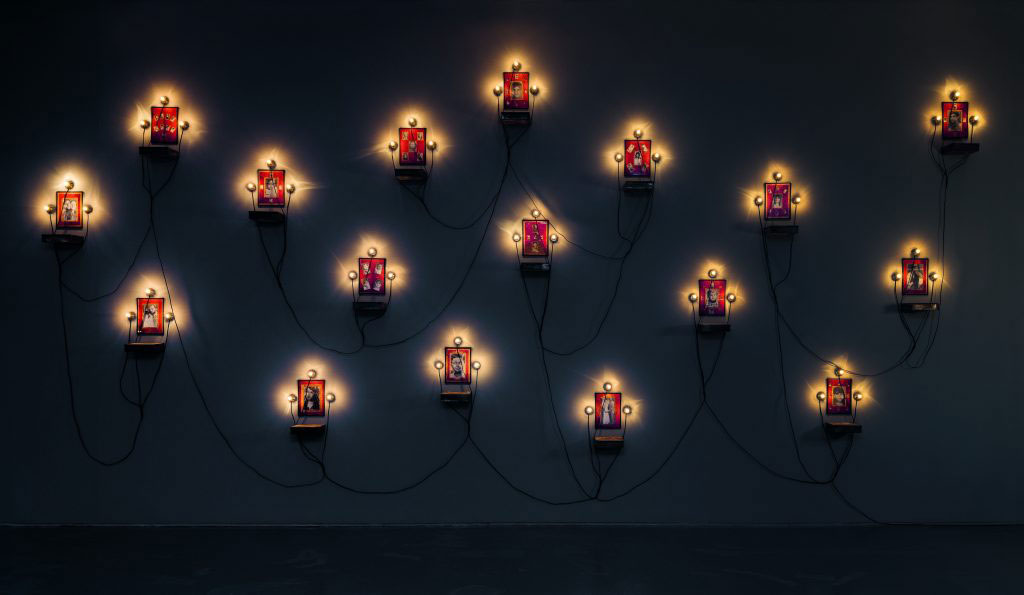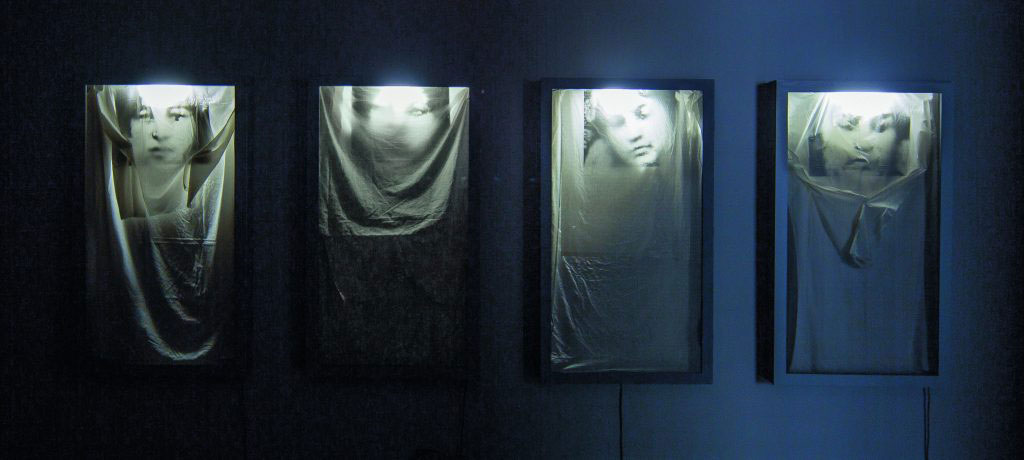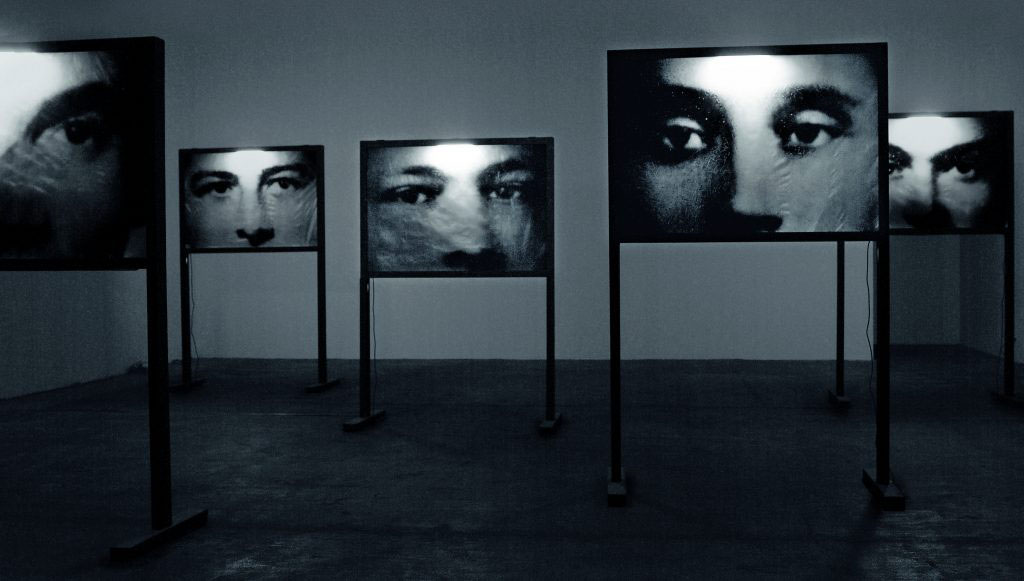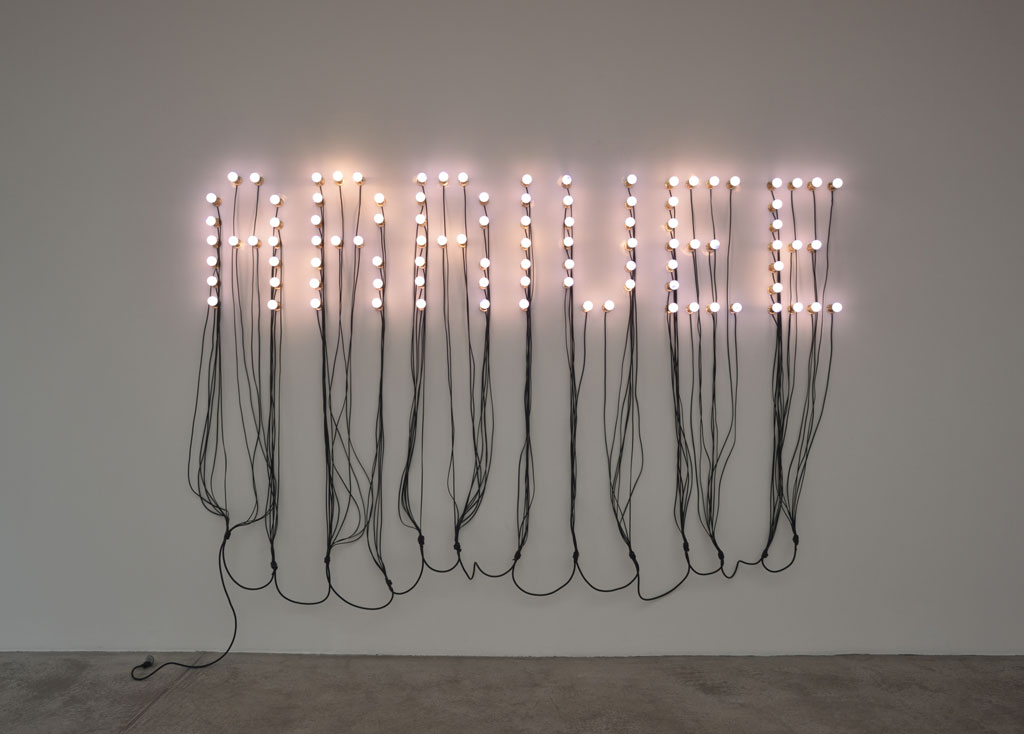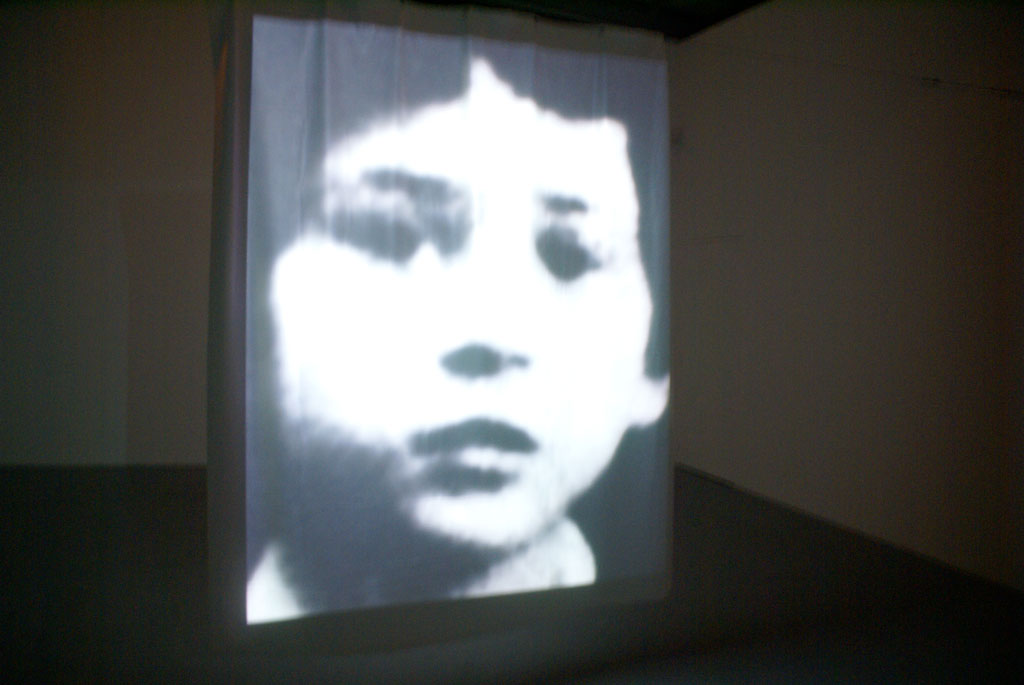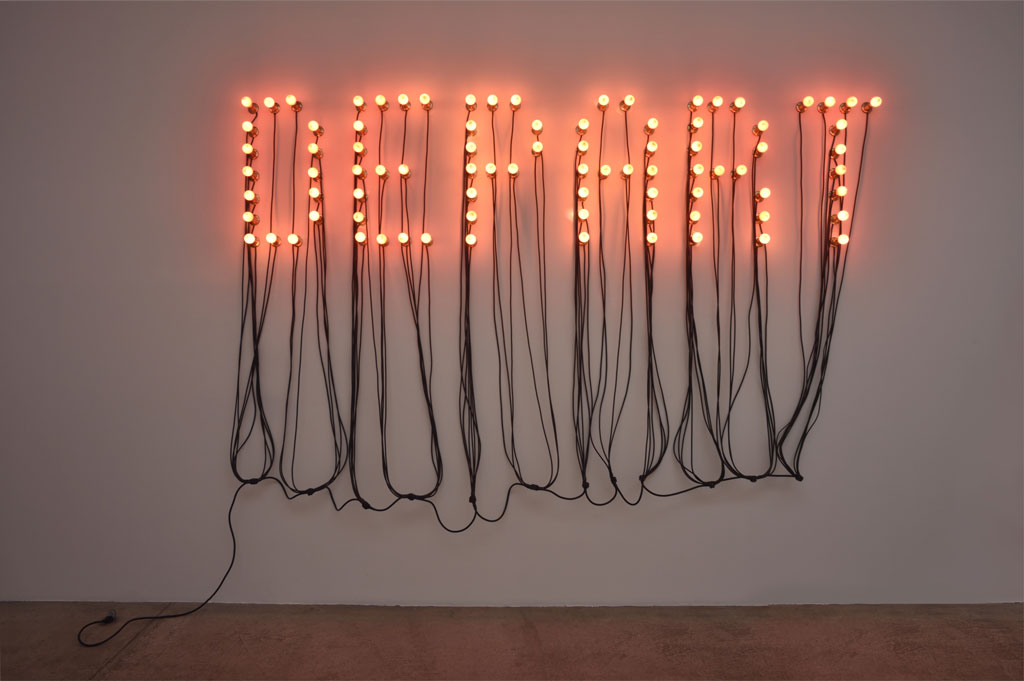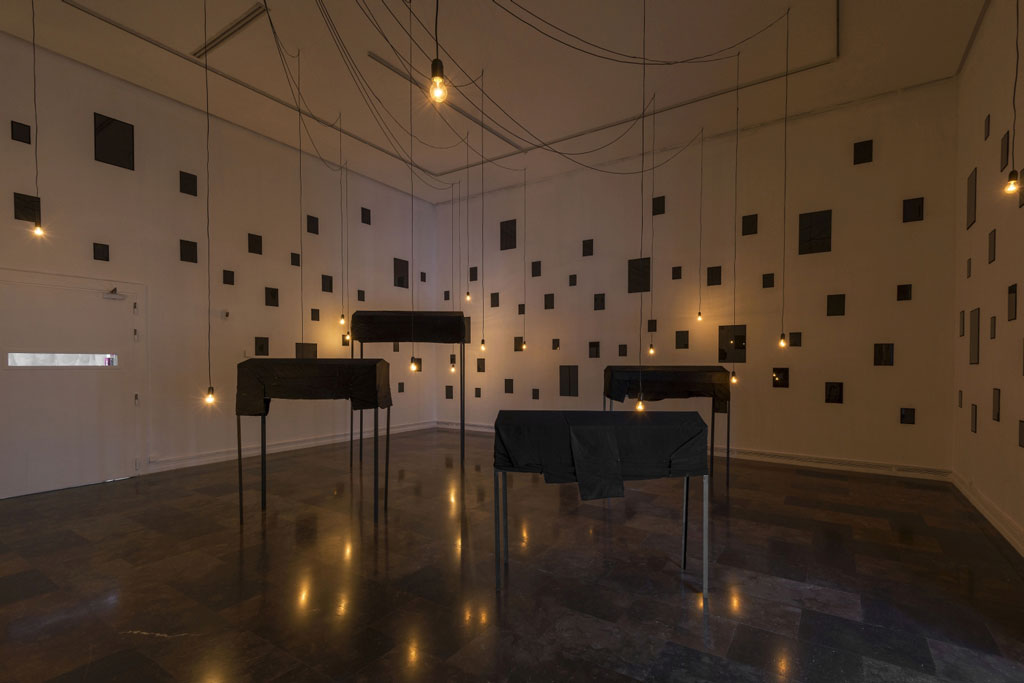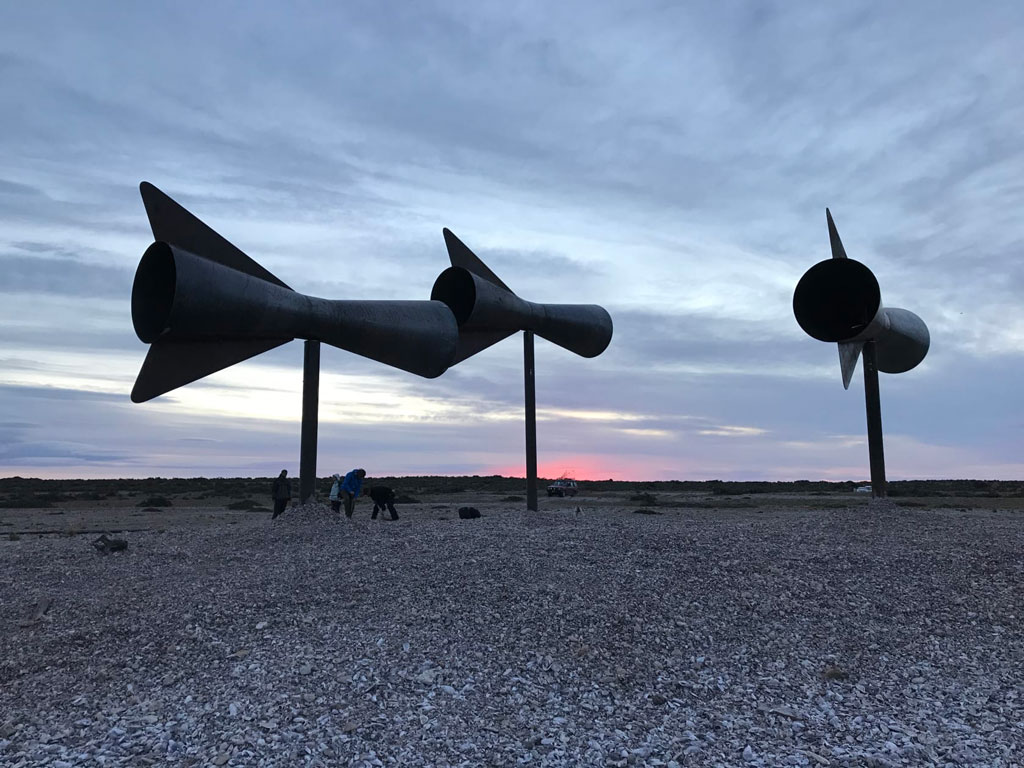ART-PRESENTATION: Christian Boltanski-Life In The Making
 Since his debut in 1967, Christian Boltanski has been scrutinizing human life and that which remains after death. Using an inventory process, through either photograph albums, registers or accumulations of objects, Christian Boltanski entrusts the memory of human existence to a simple enumeration. He accentuates our daily gestures in the form of ‘little stories’; those actions which define ordinary life and contribute to the shaping of a shared memory.
Since his debut in 1967, Christian Boltanski has been scrutinizing human life and that which remains after death. Using an inventory process, through either photograph albums, registers or accumulations of objects, Christian Boltanski entrusts the memory of human existence to a simple enumeration. He accentuates our daily gestures in the form of ‘little stories’; those actions which define ordinary life and contribute to the shaping of a shared memory.
By Efi Michalarou
Through a pathway of 50 works by Christian Boltanski, the vast presentation “Life In The Making” by one of the key figures of contemporary creation reveals the magnitude and ambition of an artist marked by his history and a half-century of questioning on the role and voice of the artist in our societies. Thirty-five years have passed since Christian Boltanski’s first exhibition at the Centre Pompidou. Designed by Boltanski himself as a vast journey into the heart of his work, this new exhibition is not so much a retrospective as a series of sequences marking the steps and transformations of his approach. In his installations and mixed-media works, Christian Boltanski uses photographs and found objects to question memory and individuality. An awareness of mortality, and of the general tenuousness of human existence, haunts his work. According to the artist, while individual memories might prove to be fragile, they are still filled with truthful yet unique values, making it the reason why he has often been choosing daily items as main creative elements to construct an archive of humanity. Christian Boltanski’s mother was Corsican and his father Jewish. Under the Occupation of France, his father spent much of the time beneath the floorboards in the family home, and Boltanski was perhaps conceived there. He was 11 when he left school, 18 before he left the house unaccompanied. Some of the stories Boltanski has told of his early life are indeed strange, some of them are true. Boltanski has also claimed: “I no longer have any childhood memories. I have erased them by inventing so many false memories”. Self-taught, he began painting in 1958 but first came to public attention in the late ‘60s with short Avant-Garde films and with the publication of notebooks in which he came to terms with his childhood. The combination in these works of real and fictional evidence of his and other people’s existence remained central to his later art. In the ‘70s photography became Boltanski’s favoured medium for exploring forms of remembering and consciousness, reconstructed in pictorial terms. In the early ‘80s Boltanski ceased using objets trouvés as a point of departure. Instead he produced theatrical compositions by fashioning small marionette-like figures from cardboard, scraps of materials, thread and cork, painted in colour and transposed photographically into large picture formats. These led to kinetic installations in which a strong light focused on figurative shapes helped create a mysterious environment of silhouettes in movement. In 1986 Boltanski began making installations from a variety of materials and media, with light effects as integral components. Such works, for which he used portrait photographs of Jewish schoolchildren taken in Vienna in 1931, serve as a forceful reminder of the mass murder of Jews by the Nazis. In the works that followed Boltanski filled whole rooms and corridors with items of worn clothing as a way of prompting an involuntary association with the clothing depots at concentration camps. As in his previous work, objects thus serve as mute testimony to human experience and suffering. His work, “Monument (Odessa)”, uses six photographs of Jewish students in 1939 and lights to resemble Yahrzeit candles to honor and remember the dead. His enormous installation titled “No Man’s Land” (2010) at the Park Avenue Armory in New York, is a great example of how his constructions and installations trace the lives of the lost and forgotten.
Info: Curators: Bernard Blistène & Annalisa Rimmaudo, Centre Pompidou, Place Georges-Pompidou, Paris, Duration: 13/11-19-16/3/20, Days & Hours: Mon & Wed-Sun 11:00-21:00, www.centrepompidou.fr



